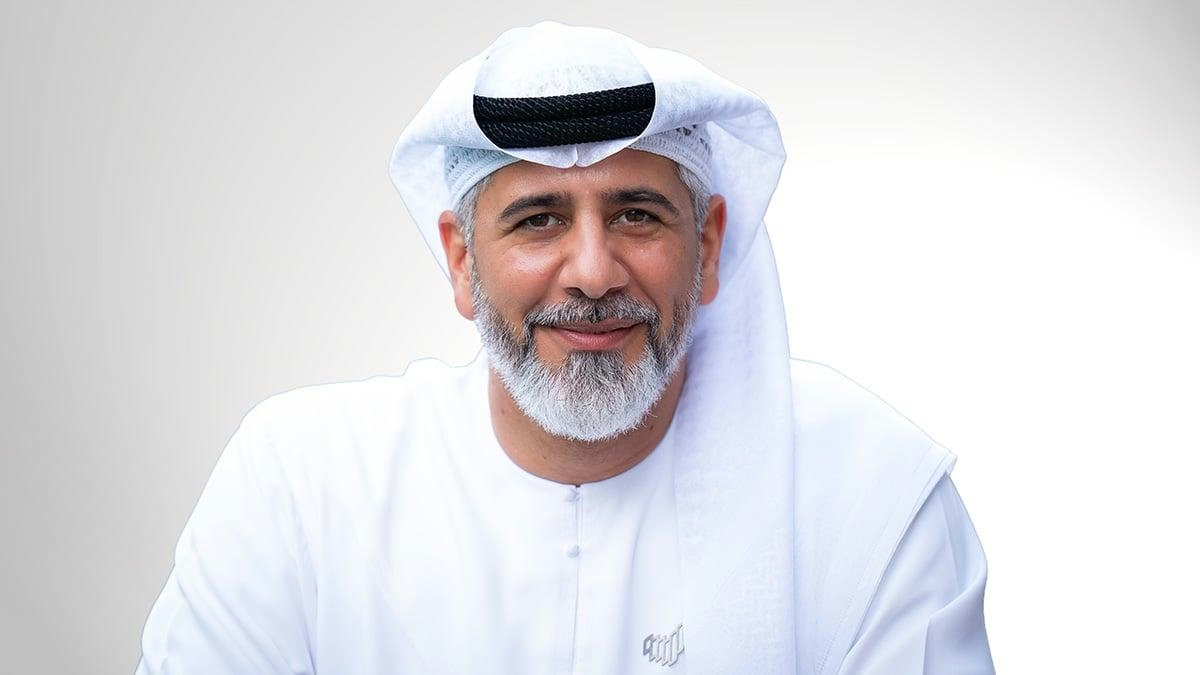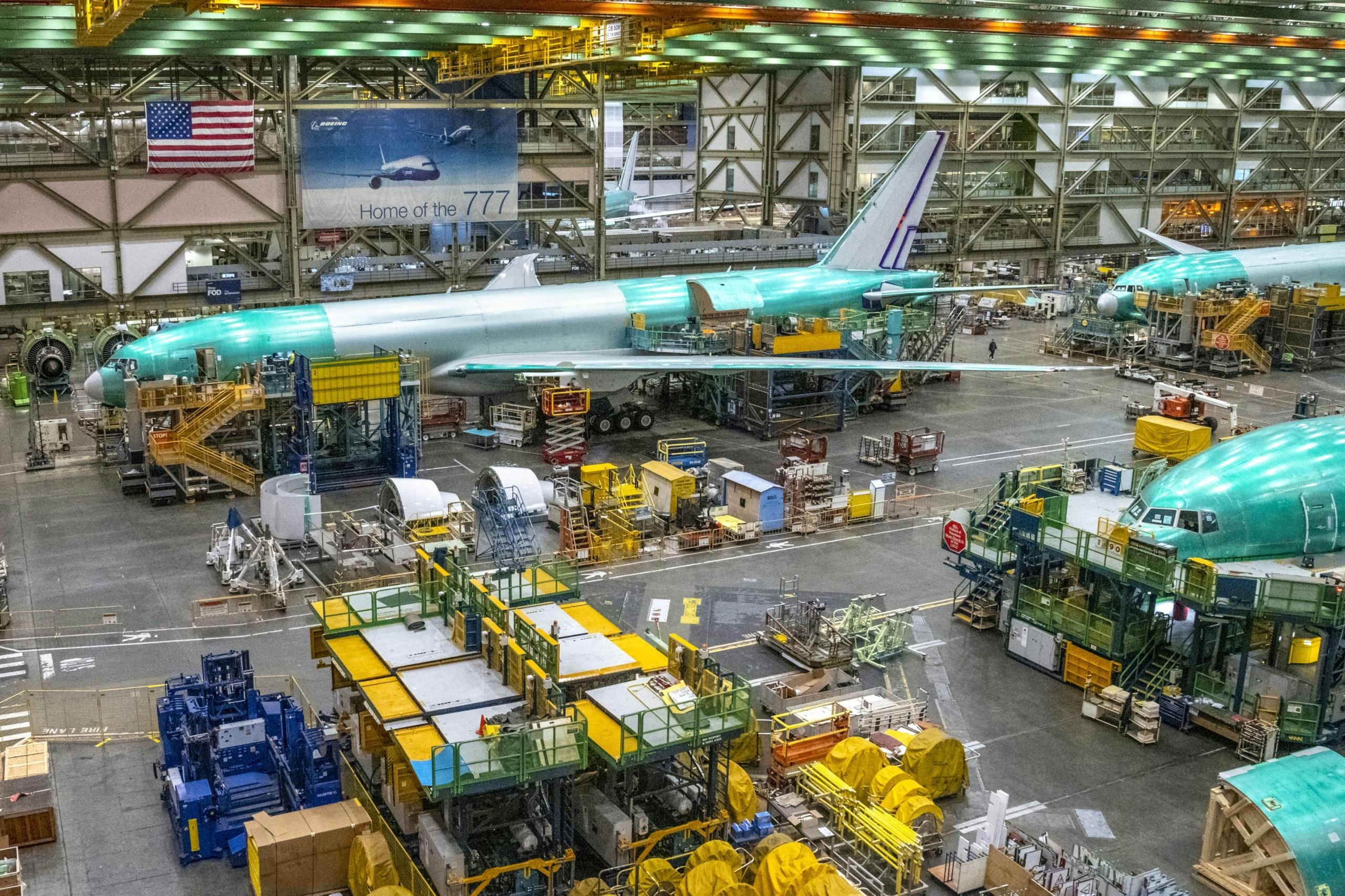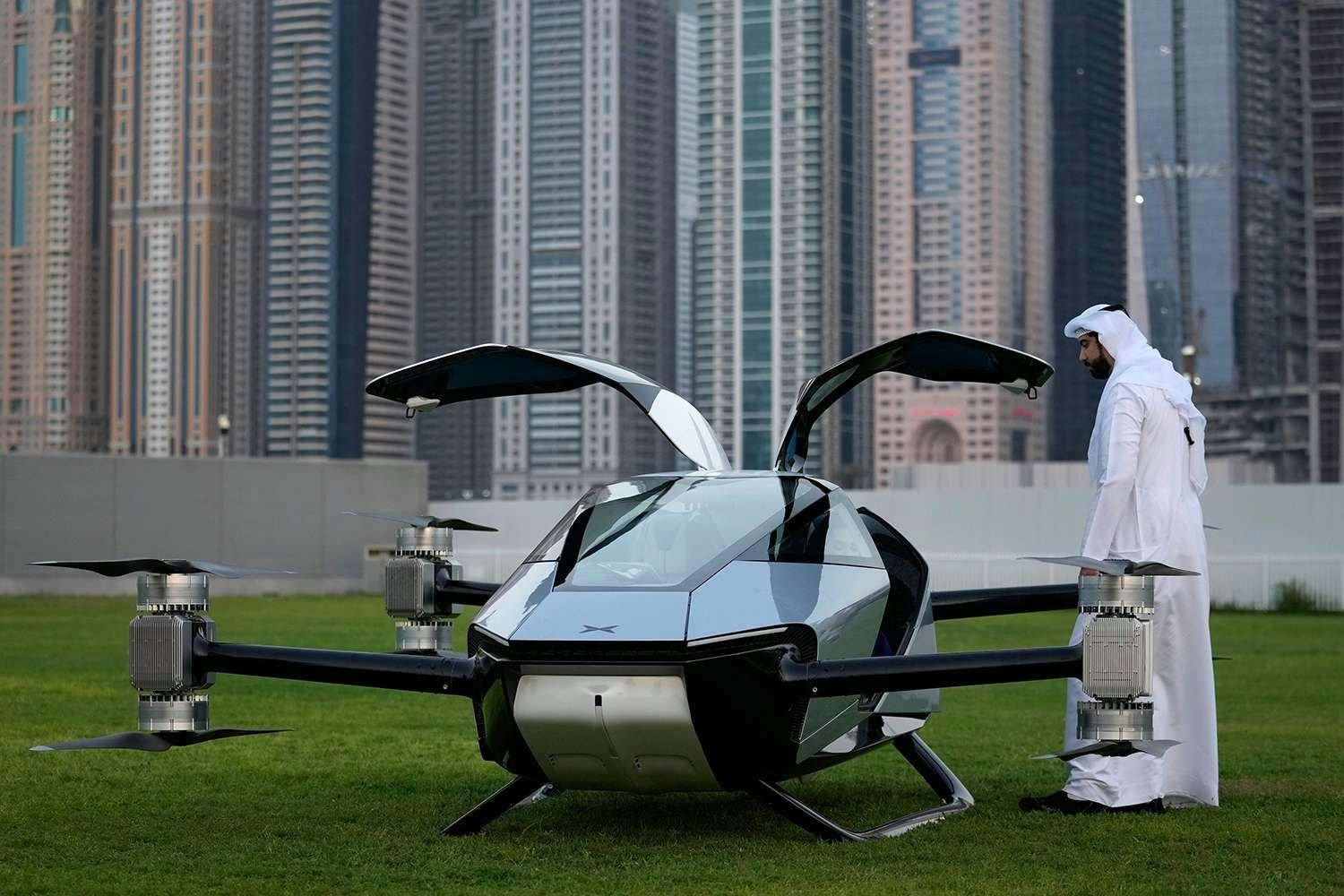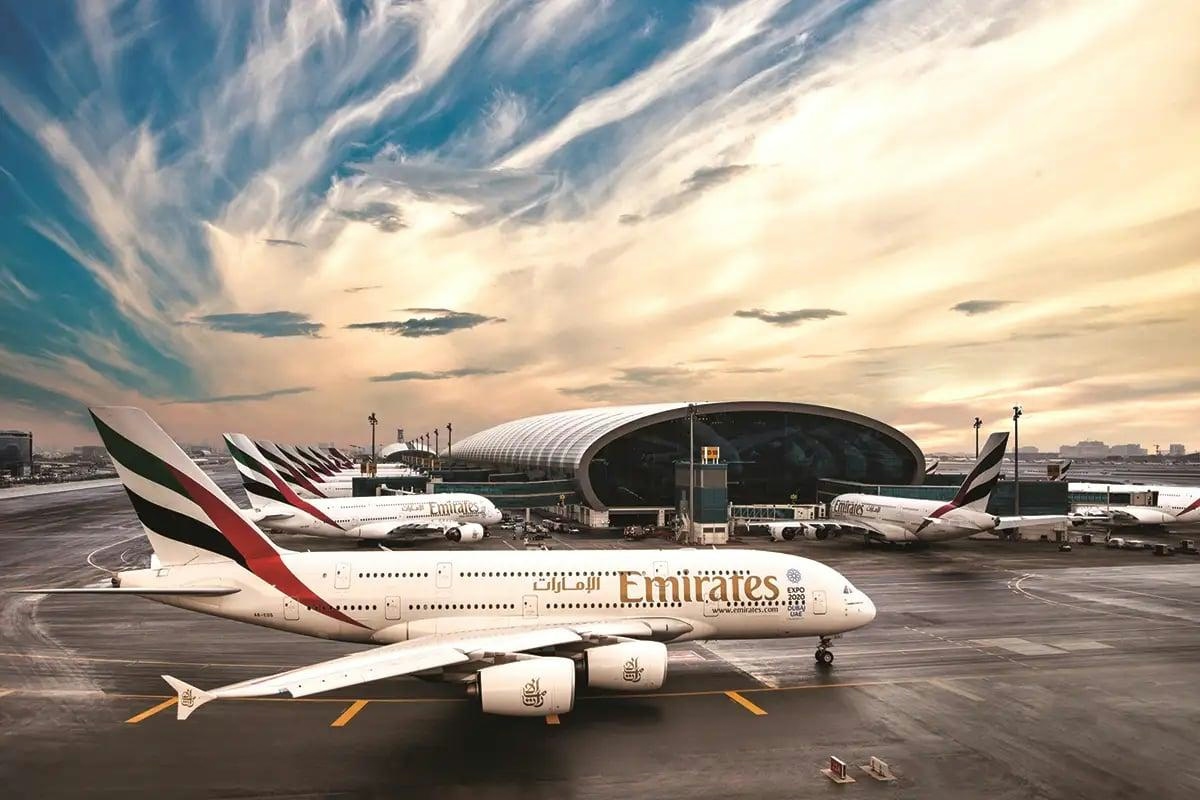
AeroGenie — 您的智能副驾驶。
热门趋势
Categories
Gates Spah Secures Aftermarket Services Deal for CFM and CF6 Engines with GE Aerospace

Gates Spah Secures Aftermarket Services Deal for CFM and CF6 Engines with GE Aerospace
Strategic Partnership to Enhance Engine Maintenance Services
GA Telesis Engine Services (GATES SPAH), a joint venture between GA Telesis and Air Transport Services Group (ATSG), has entered into a significant aftermarket services agreement with GE Aerospace’s On-Wing Support division based in Florence, Kentucky, near Cincinnati and Northern Kentucky International Airport. This collaboration will see GATES SPAH providing on-wing maintenance offload services for GE Aerospace’s CF6 engines, as well as the CFM56 engines manufactured by CFM International, a 50/50 joint venture between GE Aerospace and Safran Aircraft Engines.
The agreement aims to strengthen support for open maintenance, repair, and overhaul (MRO) ecosystems for both engine types, thereby expanding service options available to operators and lessors. By integrating GATES SPAH’s capabilities with GE Aerospace’s established service network, the partnership is positioned to deliver more flexible and efficient maintenance solutions.
Implications for the Aftermarket Services Sector
Industry analysts suggest that this development could intensify competition among aftermarket service providers, as both GATES SPAH and GE Aerospace seek to consolidate their presence in the competitive engine maintenance market. The expanded partnership is expected to offer customers enhanced service flexibility and responsiveness, potentially prompting rival firms to reassess their strategies in order to maintain market share.
For GE Aerospace, the agreement represents a strategic initiative to broaden its aftermarket services portfolio and reinforce its commitment to supporting a diverse range of engine platforms. Leveraging GATES SPAH’s expertise, GE Aerospace aims to provide more comprehensive maintenance solutions, which may further strengthen its position within the global aviation services industry.
Market observers will be closely monitoring the impact of this collaboration on the competitive landscape, as increased cooperation between major industry players could drive innovation and elevate service standards across the sector.

Comply365 Acquires MINT Software Systems

Boeing Names Fahad Al Mheiri Vice President for Middle East and North Africa

McNally Capital Acquires PT6A MRO Specialist ATS

Advances in Defense Aviation and Their Impact on Global Air Travel by 2026

Dubai’s 2026 Plans: Key Developments from Flying Taxis to the Year of the Family

Flow5 Enhances Aerodynamic Simulations for Aviation and Marine Design

CALC Orders 30 Airbus A320neo Jets to Expand Fleet by 2026

John Travolta Discusses Business Aviation and Cabin Spending

AI in Travel Planning: Benefits, Risks, and Future Prospects
